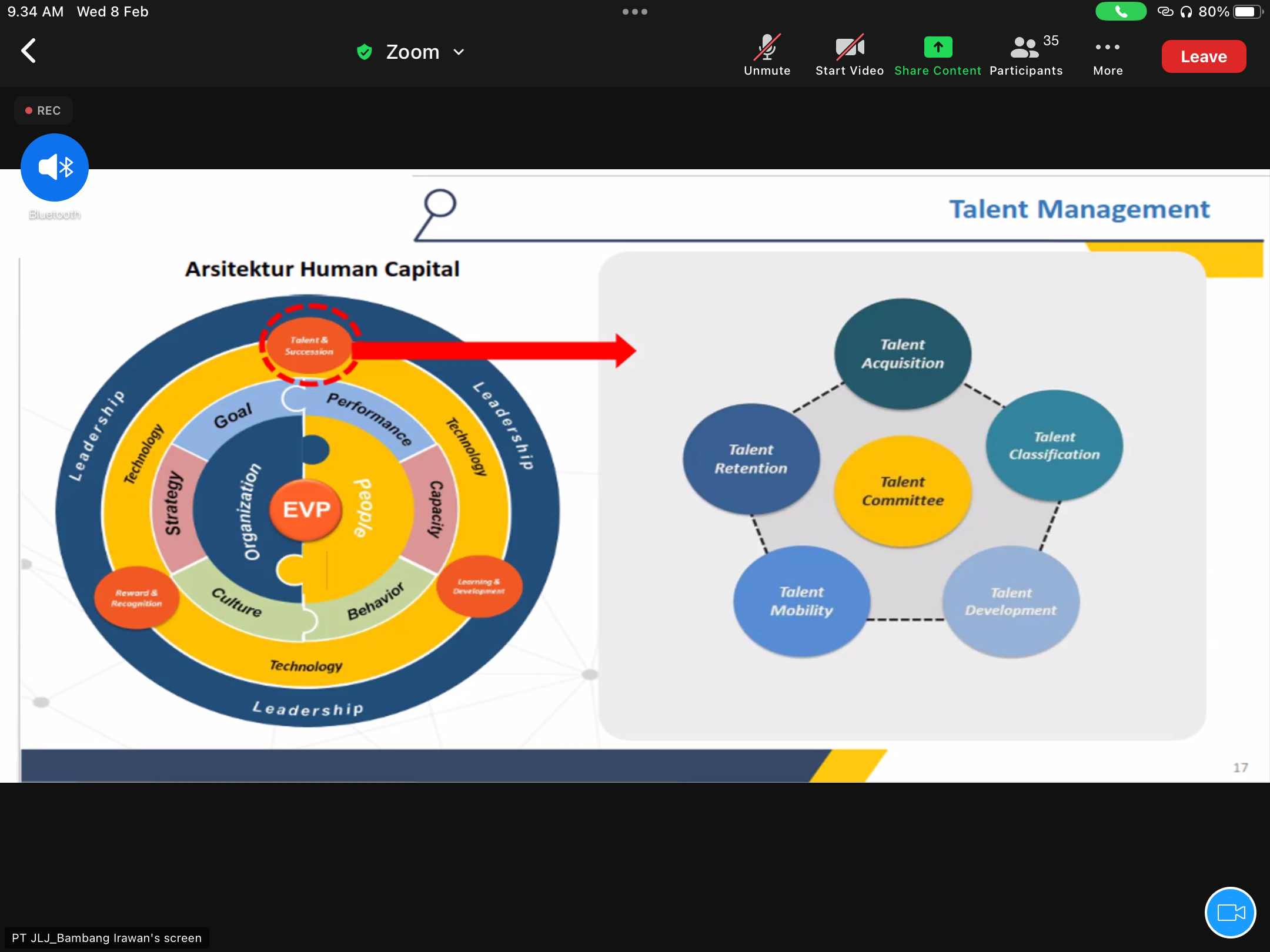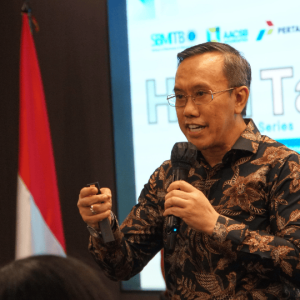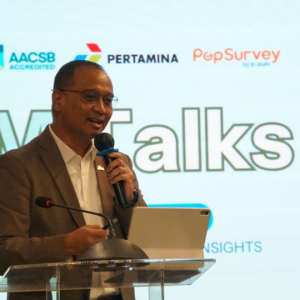As a subsidiary of PT Jasa Marga Persero, PT Jakarta Outer Ring Road (PT JLJ) has also adopted the parent company’s human resource management system. JLJ managing employees refer to task completion and workplace behavior.
Thus, in assessing the performance of a unit and individual, JLJ uses an integrated system, namely the Integrated Human Capital System, divided into Jasa Marga Performance Management (JMPM), Jasa Marga Performance Development (JMPD), and Talent Classification.
JMPM aims for all work units and subsidiaries of Jasa Marga Group to meet the company’s and shareholders’ expectations in achieving performance targets following the Key Performance Indicator (KPI). JMPM has the final result as an assessment for the work unit level.
JMPD focuses on individual performance. Its assessment is based on the results of individual performance and behavior in a work unit.
“In the past, PT JLJ utilized the SMKK system to provide routine feedback. Now, we call it Performance Development,” said the Director of Human Resources and Finance of PT JLJ Bambang Irawan. “In the past, SMKK used a balanced scorecard; now Performance Development uses a work block.”
Bambang Irawan explained the JLJ human resource management system in a guest lecture session on Organizational Behavior and Managing People organized by the MBA ITB on Wednesday (8/2). In that class, Bambang explained the Managing Employee Performance Practices to Young Professional 68A (YP68A) MBA ITB students.
According to Bambang, JLJ has a talent classification, a process of recognizing and understanding each employee’s talent is for considering employee development. A talent committee evaluates performance over the last three years and assesses individual capacity based on the competence and ability to adapt to new things.
In addition, to achieve company goals, JLJ also designed human resource development. They call it the Human Capital Architecture, which consists of Employee Value Proposition (EVP), Organizational Needs, Organizational Expectations of Employees, Organizational Commitment to Employees, Technology, and Leadership.
“EVP is a meeting between employee expectations, the company promises, and employee commitment to company expectations. The existence of EVP is the main glue for the company and employees to create maximum synergy,” said Bambang.






